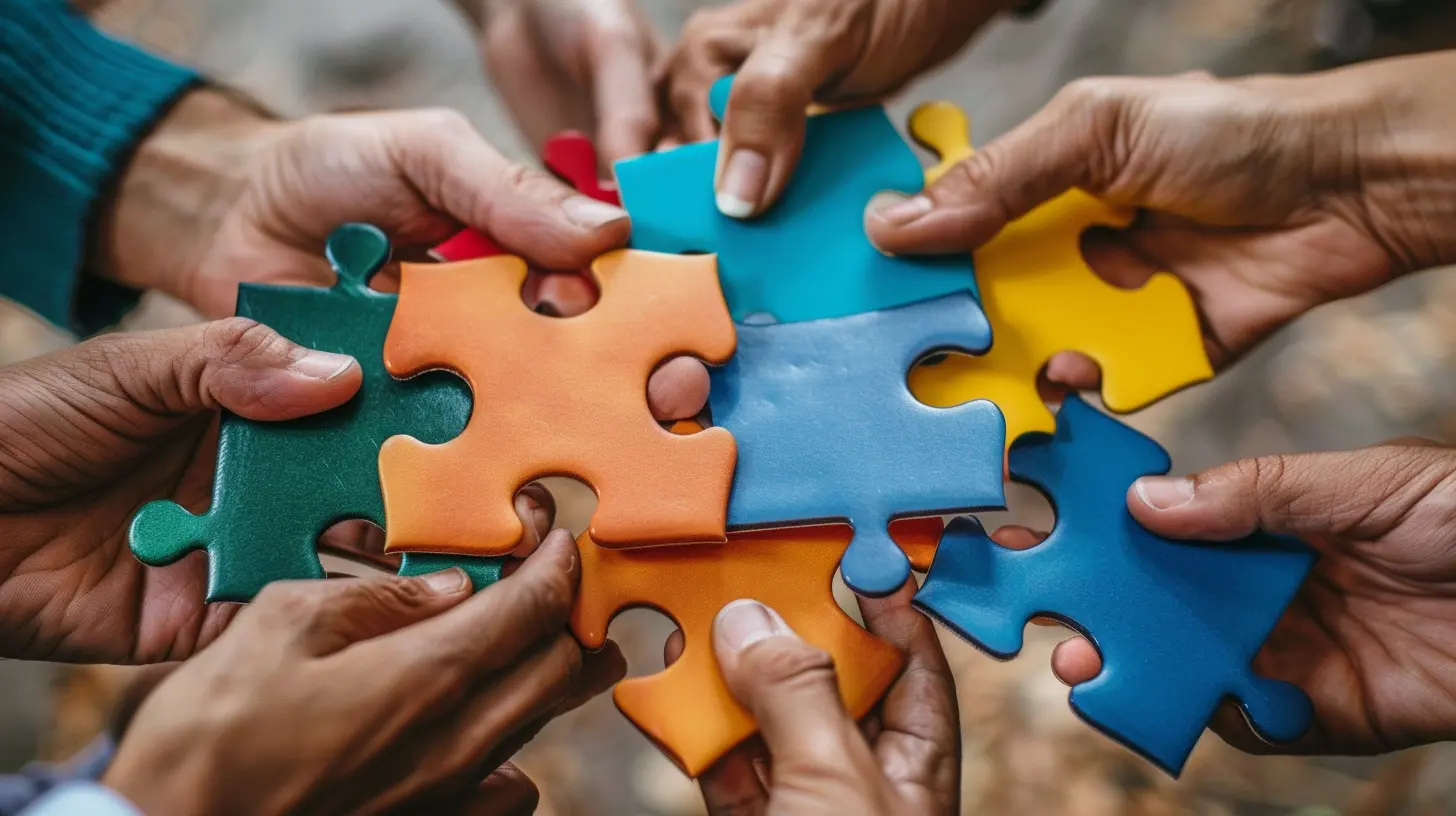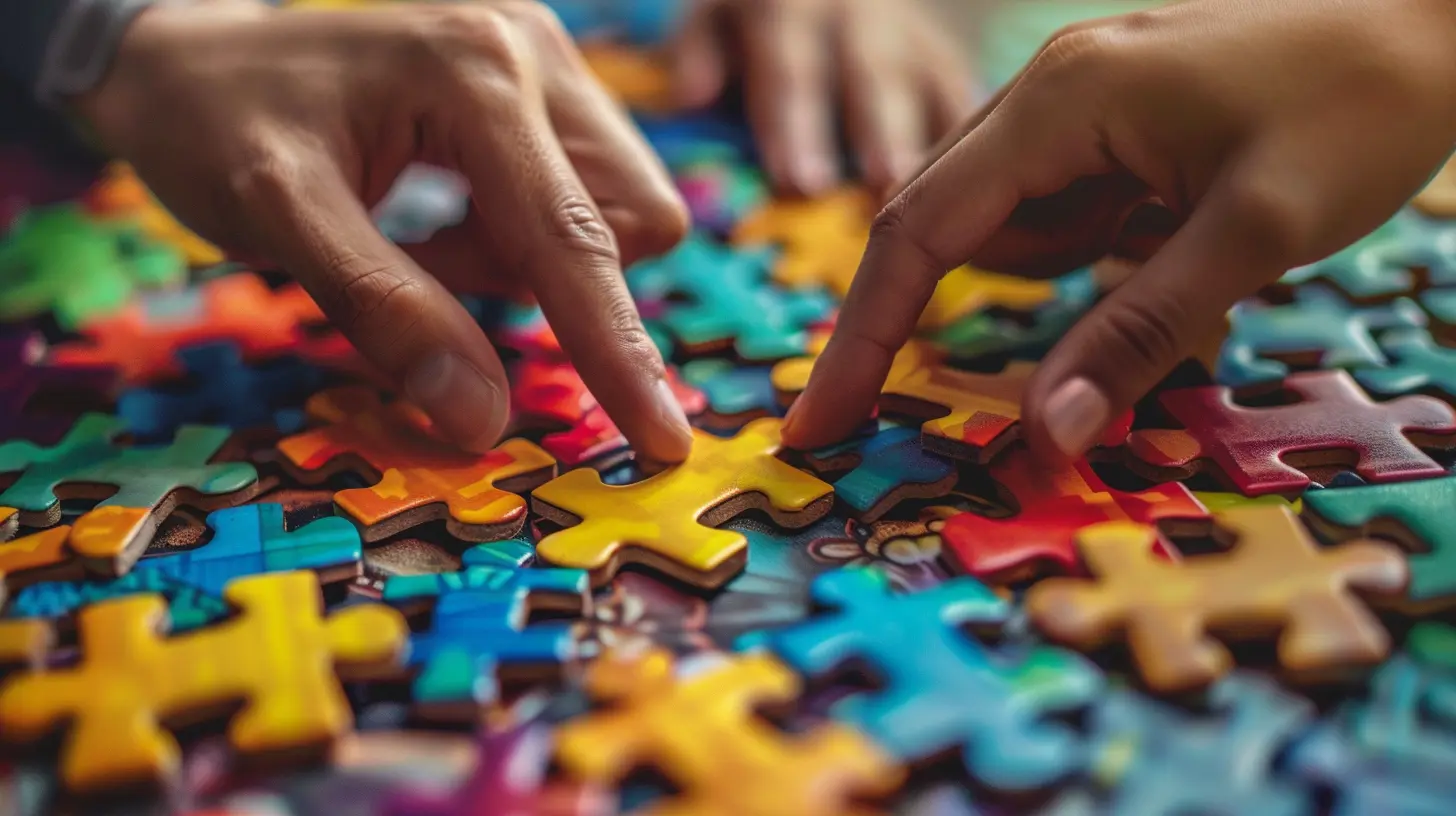Psychological Safety: The Secret Ingredient to Effective Collaboration
12 August 2025
Introduction
Imagine a symphony without harmony, a dance without trust, or a conversation where fear lingers in every word. How can people truly collaborate if they walk on eggshells, afraid to speak, to challenge, or to fail? This is where psychological safety steps in—the invisible force that transforms teams from rigid silos into thriving ecosystems of creativity and trust.
In a world where innovation is king and teamwork fuels success, psychological safety isn't just a luxury—it's a necessity. It's the secret sauce that allows individuals to bring their full selves to the table, voice their thoughts, and challenge ideas without fear of ridicule or punishment.
So, what exactly is psychological safety? And why does it matter so much for effective collaboration? Let’s dive into this game-changing concept and uncover how it can make or break the way teams work together. 
What Is Psychological Safety?
At its core, psychological safety is the belief that one can speak up, take risks, and be vulnerable without facing humiliation or backlash. Coined by Harvard professor Amy Edmondson, this concept has become a cornerstone of high-performing teams.Picture a workplace where employees hesitate before asking questions or offering suggestions. They bite their tongues, fearing judgment or criticism. Slowly, innovation fades, mistakes go unspoken, and collaboration crumbles. This is what happens when psychological safety is missing.
Now, flip the script. Imagine a team where people boldly share ideas, challenge each other's thoughts, and openly admit mistakes without shame. They trust one another and, in that trust, they thrive. That's psychological safety in action—a culture where people feel safe to be themselves. 
Why Psychological Safety Fuels Collaboration
1. Encourages Open Communication
Ever held back an idea because you weren’t sure how it would be received? When psychological safety is low, people hesitate to speak up, fearing negative consequences.On the flip side, when trust is high, conversations flow freely. People feel comfortable sharing half-formed thoughts, asking tough questions, and engaging in honest debates. This openness leads to better decision-making, stronger relationships, and a more innovative work environment.
2. Reduces Fear of Failure
Failure is often viewed as a monster lurking in the shadows, ready to pounce. But in psychologically safe teams, failure is recognized as a stepping stone to growth.When people know they won’t be punished for making mistakes, they become bolder, more creative, and more willing to take smart risks. The result? A culture of experimentation, where lessons are learned and progress is made.
3. Boosts Team Morale and Engagement
Nobody wants to work in an environment where they feel small, unheard, or undervalued. When psychological safety is present, people feel respected and included, leading to higher job satisfaction and a stronger sense of purpose.Teams with high psychological safety aren’t just productive—they are energized, engaged, and deeply connected. They support one another, celebrate wins together, and lift each other during setbacks.
4. Promotes Constructive Feedback and Growth
Giving and receiving feedback can feel like walking through a minefield. Done poorly, it breeds resentment and defensiveness. But in psychologically safe teams, feedback is seen as a gift, not a weapon.When people trust that feedback is meant to help, they listen with open minds instead of bracing for attack. This creates a continuous learning cycle where individuals and teams evolve and improve together. 
How to Build Psychological Safety in Teams
We know psychological safety is powerful, but how do we create it? The good news? It’s not about grand gestures—it’s about daily intentional actions that foster trust and respect.1. Lead with Vulnerability
Leadership isn’t about having all the answers; it’s about creating space for others to contribute. When leaders admit mistakes, ask for input, and show humility, they set the tone for openness and trust.Want to build psychological safety? Start by leading with authenticity and encouraging others to do the same.
2. Encourage Curiosity, Not Judgment
Ever had an idea dismissed with a quick “That won’t work” or “We’ve tried that before”? It kills motivation instantly.Instead, shift the mindset. Replace judgment with curiosity. Ask questions, dig deeper, and approach ideas with a sense of wonder. This simple shift transforms conversations from defensive to collaborative.
3. Celebrate Effort, Not Just Outcomes
When success is only about winning, people become afraid of losing. But when effort, creativity, and learning are celebrated, failure loses its sting.Encourage a growth mindset by recognizing the process, not just the result. This fosters resilience and keeps the energy of exploration alive.
4. Normalize Team Reflection and Learning
Psychological safety isn’t built overnight—it grows through consistent effort. Make team reflections a regular practice.Hold retrospectives where people freely discuss what went well and what didn’t—without fear of blame. Ask, “What can we learn?” instead of “Who is at fault?”.
The more teams reflect, the more they evolve. The more they evolve, the stronger they become. 
The Ripple Effect: How Psychological Safety Impacts Organizations
Psychological safety doesn't just boost collaboration—it transforms entire organizations.✅ Higher creativity – People feel safe to brainstorm, experiment, and innovate.
✅ Stronger relationships – Teams operate with trust, respect, and mutual understanding.
✅ Increased productivity – Individuals focus on doing great work instead of protecting themselves.
✅ Better decision-making – Diverse perspectives are shared, leading to smarter solutions.
✅ Lower turnover – Employees who feel valued and heard stay longer and contribute more.
From Google’s research on high-performing teams to the best workplaces globally, one truth remains: psychological safety is a non-negotiable for success.
Conclusion
Great collaboration isn’t built on fear—it’s built on trust. Psychological safety is the bridge that connects individuals, fosters creativity, and fuels innovation. It’s not a nice-to-have; it’s a must-have for any team that wants to thrive.So, whether you're a leader, a teammate, or just someone who dreams of a better workplace, ask yourself: What can I do today to create a culture where people feel safe to speak, to think, to grow?
Because when people feel safe, magic happens.
all images in this post were generated using AI tools
Category:
Psychological SafetyAuthor:

Nina Reilly
Discussion
rate this article
1 comments
Luella McNaughton
Great insights! Psychological safety truly transforms team dynamics and collaboration. Thank you!
August 21, 2025 at 4:56 PM

Nina Reilly
Thank you for your kind words! I'm glad you found the insights valuable.


